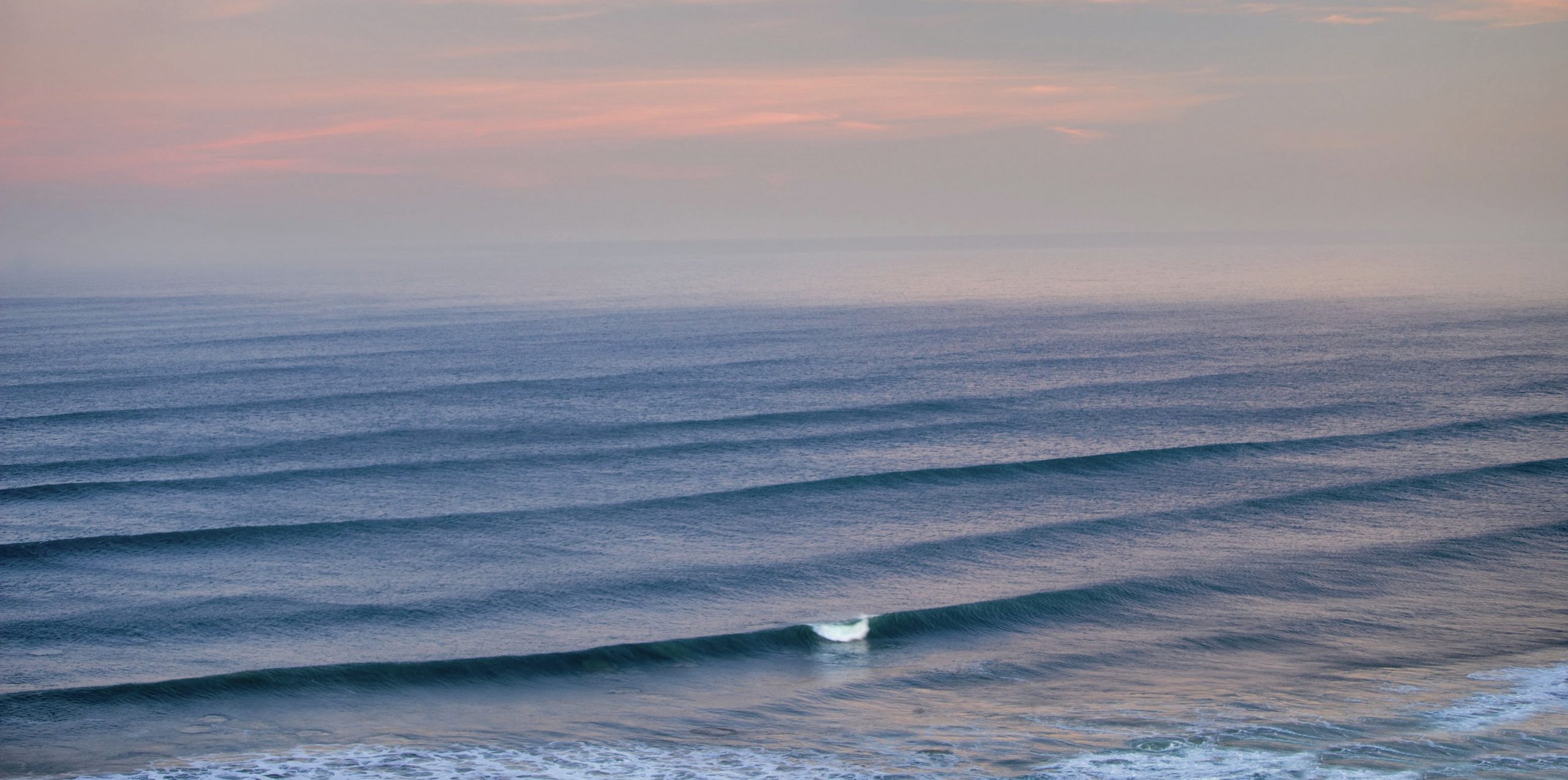
Any water surface that is disturbed by wind will develop waves (1). As with all waves, the wave speed v, frequency f and wavelength λ are interrelated (2). Water waves can range from ripples with amplitudes of a few mm and wavelengths less than 1 cm to gigantic waves in open seas. The highest reliably measured ocean wave, with an amplitude of 17 m, was recorded in 1933. Its period was 14.8 s, corresponding to a frequency of 0.067 Hz, and its velocity was estimated as 23ms–1, giving a wavelength of 342 m (3).
In shallow water, wave speed depends on depth. If the water depth d is less than λ/20, all waves travel at the same speed and
Your organisation does not have access to this article.
Sign up today to give your students the edge they need to achieve their best grades with subject expertise
Subscribe




